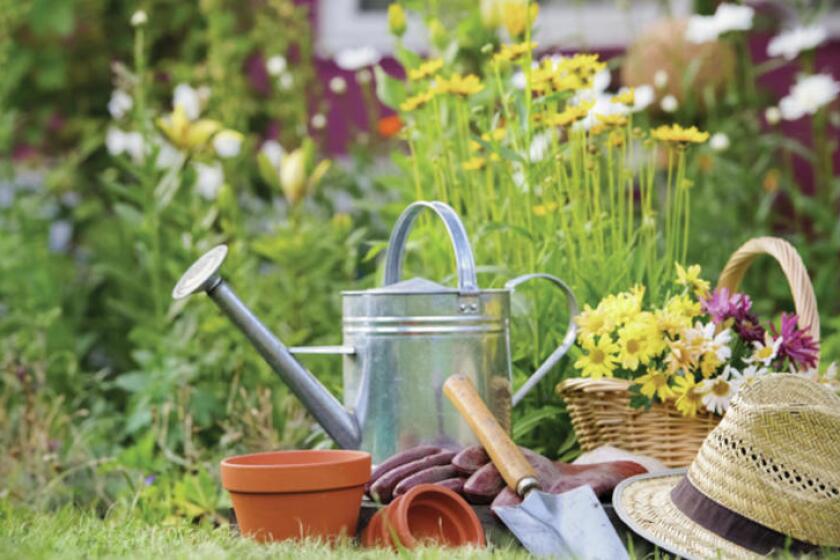Nothing disrupts the beauty and productivity of a garden more than a takeover of weeds.
Here in northern Minnesota, our short but intense growing season means that every moment counts for your vegetables, flowers and native plants — and weeds are all too eager to compete for sunlight, water and nutrients.
ADVERTISEMENT
Fortunately, a combination of timing, technique and good garden habits can keep weeds in check. There are several ways to keep those pesky weeds at bay.
Early spring is the perfect time to get ahead of the weed cycle. Before planting, clear out any leftover debris and rake out sprouting weeds.
Try not to till too deep — this can bring buried weed seeds to the surface. For my garden, I use the no-till method, meaning that I remove weeds by hand and plant directly into the soil.
I also mulch heavily between rows to prevent weeds from being able to grow. Mulching is one of the most effective and environmentally friendly weed control methods. Organic mulches like shredded leaves, straw (weed-free) or grass clippings help smother weeds and retain moisture.
There are many pine trees in my yard, and I have raked up pine needles in the spring and used them for mulch for many years and it has worked well for me. I figured that my soil was alkaline, so it would balance out. But several months ago, I read in a gardening magazine that dry, brown pine needles are not acidic and make a good mulch for gardens.
For flower beds or perennial areas, consider bark mulch. It adds beauty and keeps the weeds down. Aim for 2 to 4 inches deep; too much can suffocate roots, but too little won’t block sunlight from weed seeds, causing them to sprout.
I dislike landscape fabric as a weed barrier, although it can be useful in some areas of a flower garden. Landscape fabric can work well under paths, perennial shrubs or raised beds, but it’s best avoided in annual veggie gardens, where frequent digging and planting make it cumbersome.
ADVERTISEMENT
In the spring, black plastic can be put around heat-loving plants like tomatoes to warm the soil. However, once the heat of summer sets in, it should be taken up to prevent overheating the plants.
Some gardeners enjoy using raised beds or the square-foot gardening method in which gardeners use tightly spaced rows to shade the soil and out-compete weed seedlings. The bonus is, this type of gardening helps conserve moisture!
Understanding what weeds you’re battling helps you choose the right strategy. For example, quack grass spreads via underground rhizomes and needs to be dug out completely, pulling and breaking off the roots may make it worse.
Dandelions have deep taproots; try removing them with a dandelion weeder tool after rain when the soil is soft. Annual weeds like lamb’s quarters or pigweed can be hoed off at the soil surface when young.
Using a sharp hoe to cut weeds off at the root just below the soil line is a fast, chemical‑free approach, especially for small, young weeds. Hoeing when the soil is dry avoids making a muddy mess. Having dry soil also allows the weeds to dry out, making no chance for them to resprout.
Water only where you need it. Soaker hoses and drip irrigation systems reduce weed growth by depriving surrounding areas of moisture. If you overhead water your entire garden, weeds will thank you.
Weeding is the chore most gardeners dislike the most, but with a little planning and persistence, you should be able to keep weeding to a minimum.
ADVERTISEMENT
These local garden articles will reach you each week throughout the gardening season, but gardening information can be found year-round by clicking on "Yard and Garden" at the University of Minnesota Extension website, or by visiting our Facebook page at
Local Master Gardeners will respond to questions via voicemail. Call (218) 444-7916, and leave your name, number and question.








